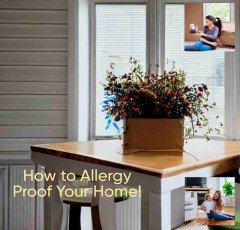
How to Allergy Proof Your Home ?

Thoroughly vacuum carpeting and wipe hard surfaces to get rid of bug and mouse dander that can cause allergies.
Seal any openings that could serve as re-entry points to avoid a re-infestation. Mold. During warm weather, use dehumidifiers and air conditioning, and shut the doors and windows.
Take a few actions to limit allergens in your house if you experience seasonal hay fever or allergic asthma symptoms. Here are some ideas broken out by room.
whole house
Humidity and temperature, Mold and dust mites thrive in hot, humid environments. Keep the temperature between 68 and 72 degrees Fahrenheit (20 and 22 degrees Celsius), and limit the relative humidity to no more than 50%. At least once a month, clean or replace the small-particle filters in the central heating and cooling systems and the room air conditioners.
Pests, Control mice and cockroaches with cheap traps from the hardware store. If that doesn't work, employ a qualified exterminator. Thoroughly vacuum carpeting and wipe hard surfaces to get rid of bug and mouse dander that can cause allergies. Seal any openings that could serve as re-entry points to avoid a re-infestation.
Mold, During warm weather use dehumidifiers and air conditioning, and shut the doors and windows. Take out tainted carpeting and other non-washable materials. When removing mold, use a protective mask and a solution of 5 percent chlorine bleach to clean washable materials. Inspect the ceilings and roof for water leaks.
Basic cleaning every week Vacuum carpets, damp mop wood or linoleum floors. Use a vacuum with a HEPA or small-particle filter to capture airborne particles. Other surfaces, such as the tops of doors, windowsills, and window frames, can be cleaned with a moist cloth. Wear a dust mask if you have allergies, or ask someone else to do this work if they don't.
Family room
Flooring Use washable area rugs and hardwood or linoleum instead of carpeting. If that isn't an option, choose low-pile carpets rather than high-pile carpeting, and vacuum once per week using a vacuum with a HEPA (high-efficiency particulate air) filter. Weekly floor mat and area rug cleaning is recommended, as well as yearly carpet shampooing.
Furniture Think about replacing upholstered sofas and chairs with wood, metal, or plastic furniture.
Blinds and curtains Use basic cotton or synthetic drapes that can be washed. Remove horizontal blinds and replace them with washable roller shades.
Windows During pollen season, keep windows closed and rely on air conditioning. Clean the window sills and frames of any mold or dampness. If you reside in a chilly climate, invest in double-paned windows.
Plants To help contain mold, relocate any potted plants or cover the dirt with aquarium gravel.
Pets Consider keeping your dog or cat outside if the weather is suitable if you can't find them a new home.
Fireplaces Avoid using fireplaces or stoves that burn wood because the smoke and gases they produce might make respiratory allergies worse. The majority of gas fireplaces won't have this issue.
Bedroom
Bed and linens, Dust-mite-resistant covers should be used for pillows, mattresses, and box springs.
At least once each week, wash blankets, pillowcases, and sheets in water that has been heated to at least 130 F (54 C). Cover, wash, or remove comforters. Use synthetic materials in place of bedding made of wool or feathers.
Flooring, Use washable area rugs and hardwood or linoleum instead of carpeting. If that isn't an option, choose low-pile carpets rather than high-pile carpeting, and vacuum once per week using a vacuum with a HEPA (high-efficiency particulate air) filter. Regularly shampoo the carpet.
Blinds and curtains, Use basic cotton or synthetic drapes that can be washed. Remove horizontal blinds and replace them with washable roller shades.
Windows During pollen season, keep windows closed and rely on air conditioning. Clean the window sills and frames of any mold or dampness. If you reside in a chilly climate, invest in double-paned windows.
Furnishings Pick leather, wood, metal, or plastic chairs, dressers, and nightstands that are simple to clean. Do not use uppered furniture.
Clutter Get rid of clutter like books, magazines, knickknacks, and ornaments for the table. Put stuffed animals, games, and toys for kids in plastic storage containers.
Pets Keep animals out of the bedroom if you can't find a new home for your dog, cat, or other furry companion. Pets' dander may contain less allergen if they are bathed at least once a week.
Air purification Select an air filter with a HEPA or small-particle filter. Try repositioning your air filter so that while you sleep, it blows fresh air in your direction.
Basement
Flooring, Moldy or water-damaged carpet should be removed. Use linoleum, vinyl, or concrete flooring if at all possible.
Furniture, Think about replacing upholstered sofas and chairs with wood, metal, or plastic furniture.
Windows, the foundation, and the stairways. Look for and fix any leaks or water damage sources.
Air adequacy To lessen moisture, use a dehumidifier and clean it once each week.
Storage Put clothes and collectibles in plastic storage containers.
Dryer for clothes, Ventilate moisture outdoors.
Kitchen
Stove Install and utilize a vented exhaust fan to get rid of odors from cooking and lessen dampness. Most stove-top hoods don't vent outside; they just filter cooking odors.
Sink Everyday dishwashing. To get rid of food leftovers and mold, scrub the sink and faucets.
Refrigerator Eliminate excess moisture to prevent the growth of mold. Discard food that is moldy or expired. Replace or clean the moldy rubber door seals, and regularly empty and clean the drip pan.
Countertops and cabinets Clean countertops and cabinets with soap and water. For plumbing leaks, check the cabinets behind the sink. Keep food in airtight containers, especially pet food.
Food loss Put trash in a can with an insect-resistant top, and empty it every day.
Bathroom
Ventilation To lessen moisture while taking showers or baths, install and operate an exhaust fan.
Floors Use tile, vinyl, wood, or linoleum instead of carpeting. Use rugs you can wash.
Walls Remove the wallpaper and put in tile, or use mold-resistant enamel paint to paint the walls.
Bathtub and shower After use, towel-dry the enclosure and bathtub. Use bleach to remove mold from the shower, bathtub, and faucets. Moldy bathmats and shower curtains should be cleaned or replaced.
Sink and toilet Clean the mold off of the plumbing. patch up leaks.


























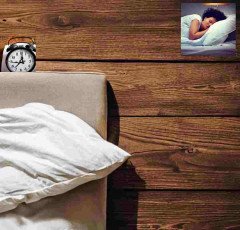

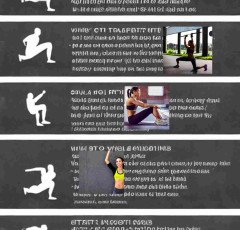



















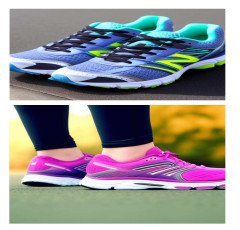






































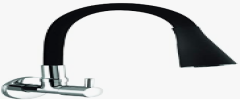 Kitchen Tap
Kitchen Tap  ASUS Laptop
ASUS Laptop  All Wireless Products
All Wireless Products 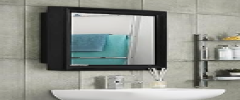 Bathroom Mirrors
Bathroom Mirrors 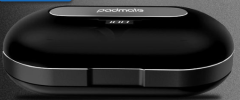 ELECTRONIC ACCESSORIES
ELECTRONIC ACCESSORIES  Crocs
Crocs  Stylish Sneakers by Red Tape
Stylish Sneakers by Red Tape  Hello Theme
Hello Theme  Rakhi
Rakhi 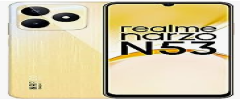 Realme Smart Phone
Realme Smart Phone  Artificial Intelligence
Artificial Intelligence  ASPINAL LONDON
ASPINAL LONDON  One World Collection
One World Collection  Wireless Gaming Mouse
Wireless Gaming Mouse  Graphics & Design
Graphics & Design  HP Laptop
HP Laptop  Women Fashion
Women Fashion  NordVPN
NordVPN  Unlimited access to classes on illustration, photography, design, film, music
Unlimited access to classes on illustration, photography, design, film, music  Best Phone
Best Phone  Best Selling Books
Best Selling Books  Puma (Clothing & Accessories)
Puma (Clothing & Accessories)  Sennheiser
Sennheiser 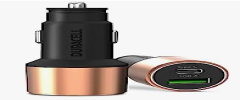 Dual USB Car Charger
Dual USB Car Charger  Amazon Best Selling Products
Amazon Best Selling Products  RPM 3.0
RPM 3.0  Wireless Bluetooth Earphones
Wireless Bluetooth Earphones  NordLocker
NordLocker  Top Rated From Amazon
Top Rated From Amazon  Best Home Appliances
Best Home Appliances  Duke T Shirts
Duke T Shirts 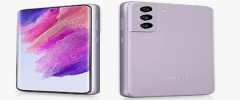 Samsung Mobile
Samsung Mobile  Pet Care Products
Pet Care Products  BEST SELLER TOP10
BEST SELLER TOP10  Favorite Company (Cuelinks)
Favorite Company (Cuelinks) 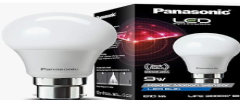 Motion Sensor Light
Motion Sensor Light  Kitchen Daily Use
Kitchen Daily Use  Dell Laptop
Dell Laptop 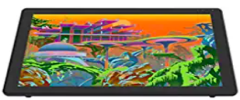 LCD Writing Tablet
LCD Writing Tablet  Door Handle Collection
Door Handle Collection  Unreal Engine 5 For Beginners Learn The Basics Of Virtual Production
Unreal Engine 5 For Beginners Learn The Basics Of Virtual Production  Smart Doorbell
Smart Doorbell  Echo Dot - Smart speaker with Alexa
Echo Dot - Smart speaker with Alexa  Best Sellers On Amazon
Best Sellers On Amazon  TitTok Revolution
TitTok Revolution  1150+Trendy kids coloring pages Bundle
1150+Trendy kids coloring pages Bundle  4k Projector For Home
4k Projector For Home  Adidas Shoes
Adidas Shoes 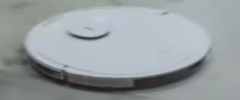 Best Robotic Vacuum Cleaners
Best Robotic Vacuum Cleaners  Creative Brief For Video Shoot
Creative Brief For Video Shoot 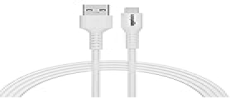 iPhone cable
iPhone cable 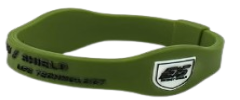 Wristbands
Wristbands  The Secret Email System
The Secret Email System 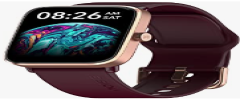 Smart Watches
Smart Watches  Men Clothing
Men Clothing  Acer Laptop
Acer Laptop  Healthy Ingredients
Healthy Ingredients  Hot Bags For Pain Relief
Hot Bags For Pain Relief  Online Technology Classes
Online Technology Classes 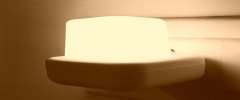 Wall Lamp
Wall Lamp 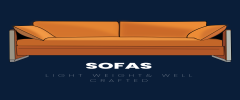 SOFAS
SOFAS  The Click Engine
The Click Engine  Home Decor Items
Home Decor Items  NordPass
NordPass  Prime Video
Prime Video 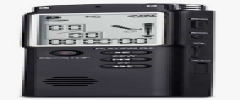 Digital Voice Recorder
Digital Voice Recorder  Apple iPhone
Apple iPhone 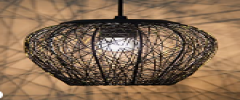 Hanging Lights For Living Room
Hanging Lights For Living Room  Only For The United States
Only For The United States  Online Marketing
Online Marketing  Essentials for Gamers
Essentials for Gamers 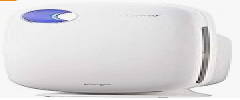 Air Purifier for Home
Air Purifier for Home  SEO Checklist
SEO Checklist 


















